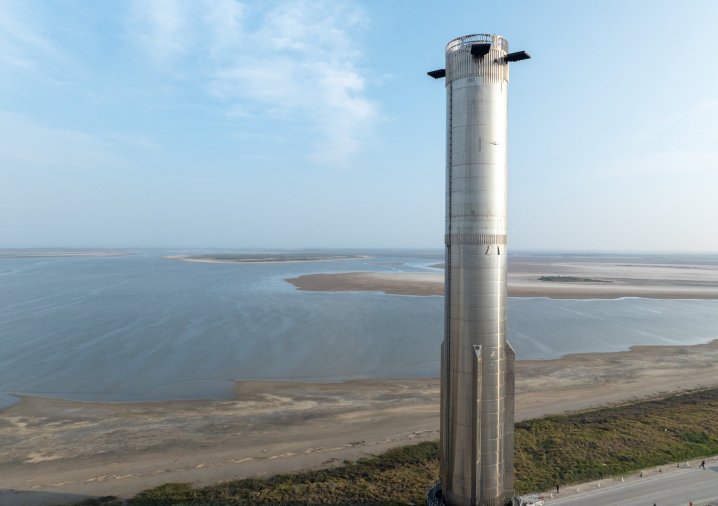
Elon Musk said on social media Monday that he expects the third Starship test flight to launch “in about three weeks.”
The SpaceX CEO’s message comes despite no official word from the Federal Aviation Administration (FAA) on whether it will award SpaceX a launch permit for the flight.
The FAA has been investigating the second Starship test flight, which launched from SpaceX’s Starbase facility in Boca Chica, Texas, in November. Like the first flight, which took place seven months earlier in April, the Starship exploded soon after liftoff, though it did, on that occasion, manage to achieve stage separation.
SpaceX expects the FAA to close its investigation soon and receive a launch permit for the third uncrewed test flight of its next-generation rocket, a vehicle lined up for crew and cargo flights to the moon and possibly Mars, too.
In preparation for launch, SpaceX recently moved both parts of the rocket — the first-stage Super Heavy booster and the upper-stage Starship spacecraft — to the launch pad at Starbase.
Flight 3 Starship and Super Heavy move to the pad at Starbase pic.twitter.com/f1RuGo3d4Z
— SpaceX (@SpaceX) February 10, 2024
Live video from the site on Monday evening shows the booster on the launchpad with the spacecraft beside it. Preparations appear to be underway to hoist the spacecraft to the top of the booster in preparation for a ground-based test or even the actual launch.
Packing a colossal 17 million pounds of thrust at liftoff — almost double that of NASA’s new Space Launch System rocket — the Starship vehicle became the most powerful rocket ever to fly when it blasted off for the first time 10 months ago.
But two explosions in two test flights — and a failure to reach orbit — mean the rocket is far from ready.
One of the main goals of the next test is to get Starship into orbit. That will be considered a major achievement and will take the SpaceX team an important step closer to its goal of deploying the vehicle for groundbreaking missions in the coming years.
If Musk’s prediction of an early March launch turns out to be wrong, it could well take place soon after, hopefully in the same month.


